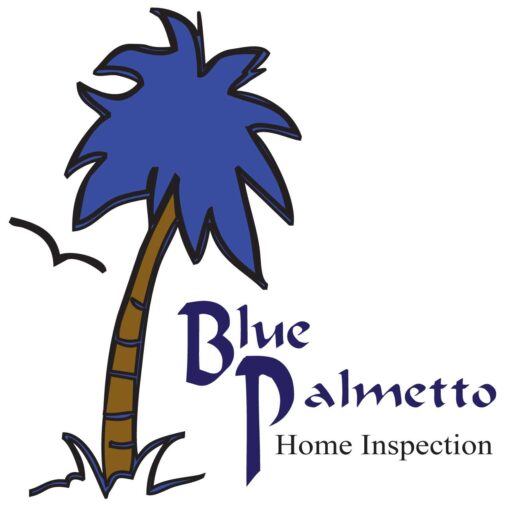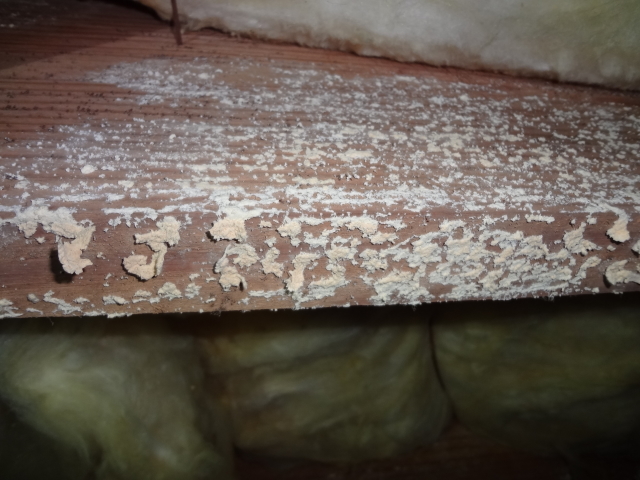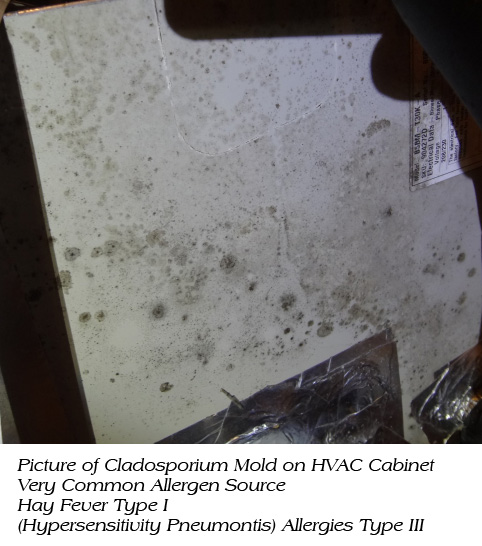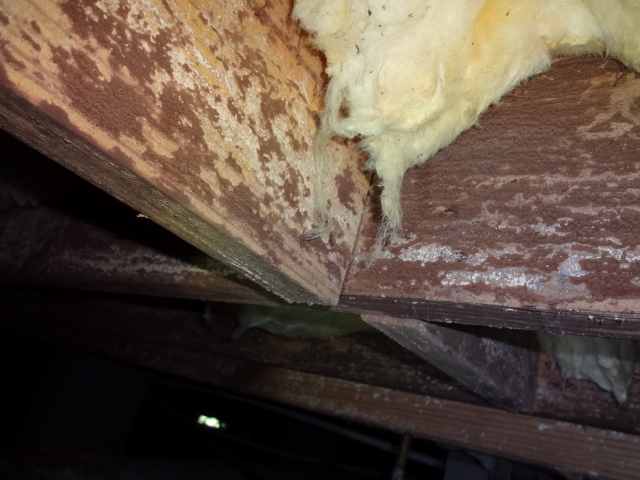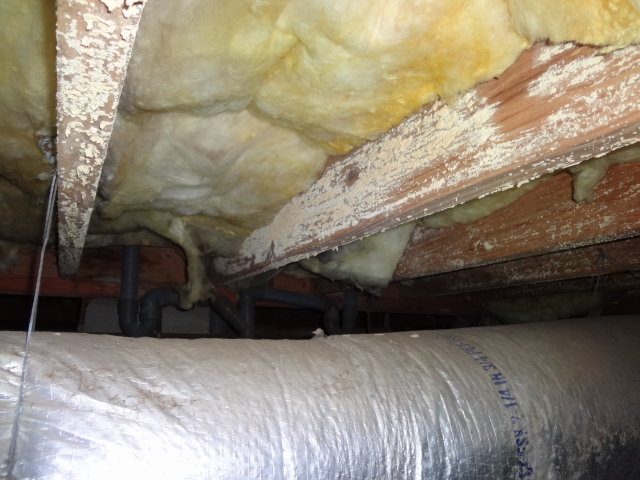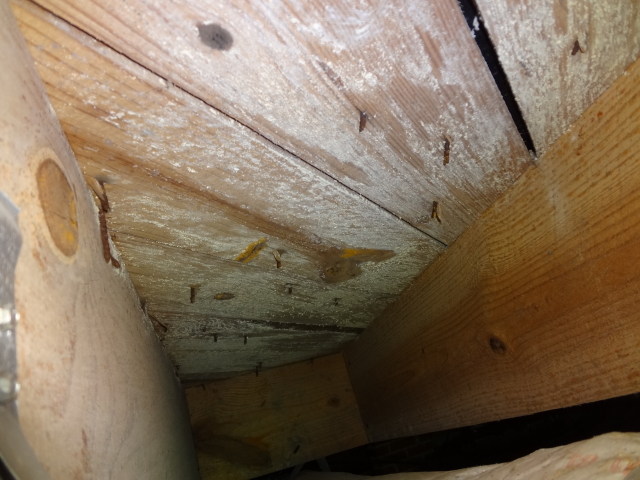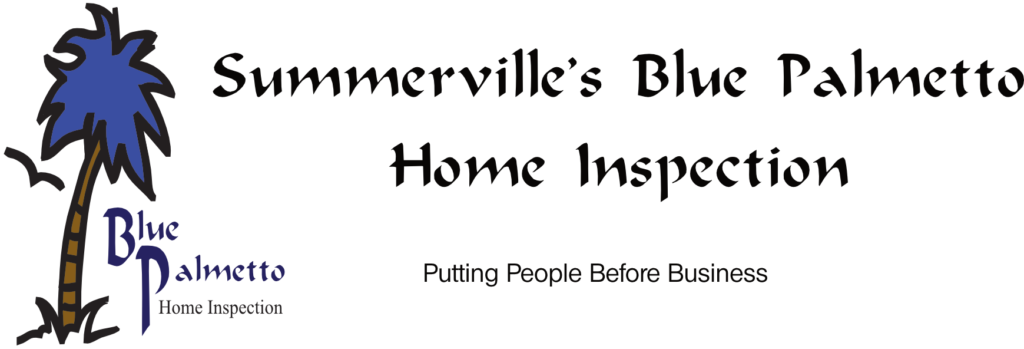If mold, apparent mold growth or microbial growth has been noted on your report it means that the inspector has found growth that appears to be mold. Mold is a fungus and there are hundreds of thousands of different species. If it looks like mold then it probably is; but only lab analysis can tell definitively whether it is really mold and what species it is. Some types of mold are more problematic than others. Without analysis an unscrupulous person could argue that the substance you found was dirt, rust, paint or some other substance. Sometimes it’s not so obvious and you will want to know so you can make better decisions on how to handle it. In our next section we’re explore some basic facts about mold.
Basic Facts about Mold Growth
If you see mold then you have a moisture problem. Mold loves a warm moist environment. Excessive moisture can come from the air itself (high humidity), from a leak or evaporation of under crawl space ground moisture. Solve the moisture problem first. Then clean it up.
- Mold is everywhere in the environment. It is impossible to remove all mold spores from the indoor or outdoor environment.
- Mold can grow instantly if the conditions are right. It can grow on any organic substance (and most inorganic).
- Molds create a substance that “digests” the substrate on which it resides. These enzymes can damage building materials causing structural and cosmetic problems.
- Molds can have negative health effects to people who are exposed.
- Molds can have negative aesthetic and olfactory effects.
- Molds on hard non porous surfaces can be cleaned with detergent and water; dry completely. (I’ve had good luck with Lysol Wipes). Bleach is not recommended in most circumstances.
- Molds on porous surfaces like carpet and wallboard will probably have to be removed. The molds grow down into porous surfaces thus making it difficult or impossible to clean.
- It is not enough to kill the mold ……. It must be removed as dead mold can still cause allergic reactions.
- Do not paint moldy surfaces as it will only peel off. Clean the mold first.
- Large areas (more than 10 sf) may have to be professionally cleaned. Containment procedures are recommended for areas over 100 sf.
- Protect yourself when cleaning mold. Try not to breath, touch or get mold into your eyes.
- Sometimes mold can be hidden behind wall coverings (like vinyl wallpaper, underside of carpets etc.) or in other places. Usually the smell will tip you off as to the presence of mold however; investigative measures may be needed to be certain.
- Clean areas prone to mold growth regularly. Some examples might be the outside of HVAC cabinets, shower areas, around the seal of refrigerators, around windows and at HVAC supply and return duct grills.
About the Health Effects of Mold Exposure
While it is fairly common to have a small area of mold in a home (like in a shower for instance). For most people a small area can be cleaned and they usually do not suffer negatively from it. However there are some real dangers especially for people who have allergies or are sensitive to it. Here are some things you should know.
- Inhaling or touching mold can cause an allergic reaction in sensitive individuals (like hay fever). These reactions can be immediate or delayed.
- Molds can trigger asthma attacks.
- Molds can cause irritation to the eyes, throat or lungs.
- Although not common… hypersensitivity pneumonitis can occur. This disease is similar to bacterial pneumonia and can occur after short or long term exposure.
- People with weakened immune systems can be more vulnerable to infections if exposed to mold.
- Some molds can produce mycotoxins. These are toxic substances which cling to the mold spores and can be introduced through inhalation, ingestion or skin contact. Although not very common some of these mycotoxins are known to cause liver or lung cancer. Some can have a hallucinogenic effect if ingested. The mycotoxins are not totally dependent on the species as environment plays a role too (growth substrate).
- Microbial Volatile Organic Compounds (mVOCs) are released by mold. These compounds which are molecular in nature can cause headaches, nasal irritation, dizziness, nausea. These compounds are associated with the “moldy smell” and can travel in the air currents in the same way as other odors or gasses can. Thus mold in non living areas can also affect your health especially if there are air leaks or HVAC equipment in those areas.
- Mold in non living areas like attics and crawl spaces usually do not pose the same level of health risk as mold in the living area does. This typically means that it can be handled in a way which is not as expensive or invasive. However even minor amounts of mold in the crawl space area means the excessive moisture problem must be dealt with.
So there are many reasons to be concerned about mold growth in your home. The main thing to remember is this. If you see it then you have a moisture problem. Stop the leak and control the moisture. Indoor humidity should be between 20% and 60%. Too much humidity in the air can cause mold growth. Remember that mold can grow instantly on surfaces if the conditions are right. So leaks need to be stopped immediately and surfaces dried out.
About Wood Moisture Content
Below 12% – Dry wood condition. Kiln dried wood, furniture grades, interior wood.
12% – 16% – Normal Readings- Readings common to exterior wood and under floor (crawlspace) wood.
16% – 20% – Slightly elevated. Possible exterior moisture source causing elevated readings.
20% – 28% – Conductive to mold growth and decay. Excess moisture source should be corrected.
28% and above – Probable decay. Moisture content above this amount is typically accompanied by decay and most likely will need repair.
Keep the following in mind:
- Wood will expand and contract according to its moisture content.
- Moisture content of wood can change according to the relative humidity. Wood exposed to relative humidity above 90% for a prolonged period may induce a wood moisture content of about 20% which is conductive to mold growth.
- The mold structure itself has a tendency to trap and retain moisture (almost like a sponge) which exacerbates the problem. The mold should be removed before any chemical treatment.
- Even painted wood will acclimate to the relative humidity to a certain degree.
- Changes in temperature and moisture content can cause gaps or a warp in wood. This can have an effect on hardwood flooring or other wood components. Plywood panels for instance should be installed with spaces between the panels to allow for this.
- Encourage air circulation to minimize moisture/ mold issues.
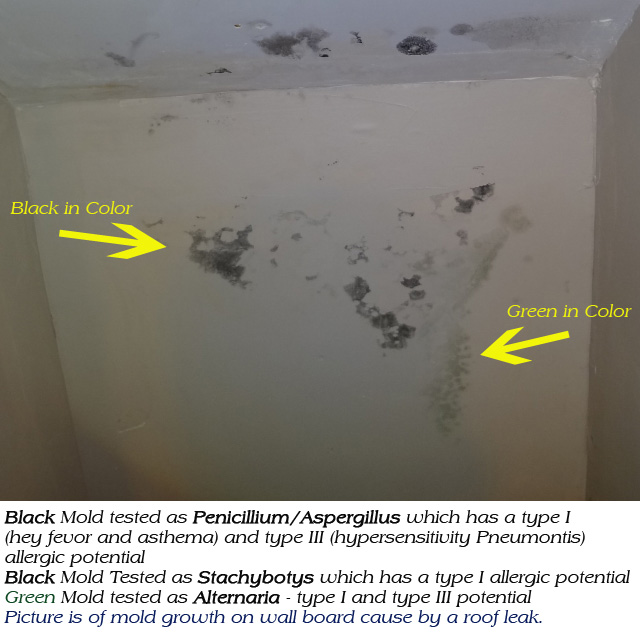
About Classifications of Alergic Reactions
Allergic reactions are classified into four basic groups called the Gell and Coombs classifications chart. They range from type I to type IV with type I reactions being more immediate and type IV reactions more delayed.
Now let’s take a look at a few more photos of what we find out in the field.
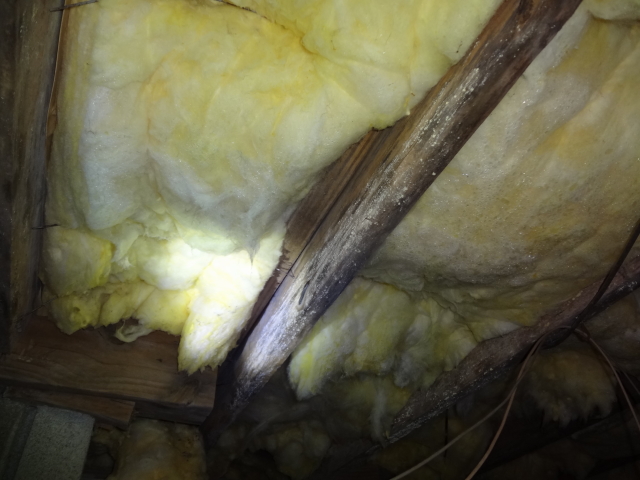
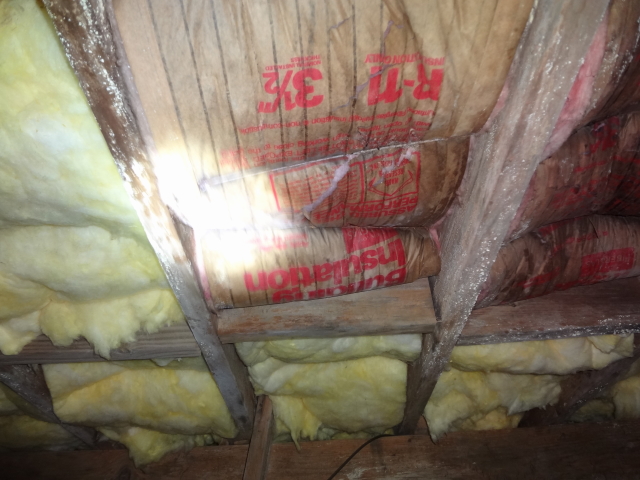
In conclusion it’s important to get professional remediation if any substantial amount of mold is detected on floor framing or other places. If it’s in the crawlspace a contractor experienced with solving crawlspace moisture issues and repairing the rotting wood should be consulted so a permanent solution can be worked out. Generally these issues are beyond the capabilities of the average homeowner.
References- EPA Website, CDC Website.
This article was originally written by Ray Thornburg on 10-5-13.
